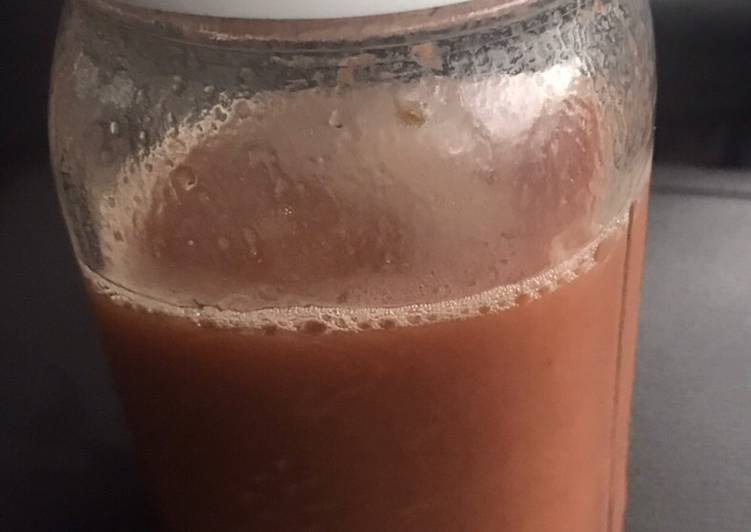Tamarind, Mamey & Sour Sop. Compare Tamarind to Mamey Sapote by vitamins and minerals using the only readable nutrition comparison tool. Pouteria sapota, the mamey sapote, is a species of tree native to Cuba and Central America, naturally ranging from southern Cuba to southern Costa Rica, plus Mexico. Preparation Combine all of the ingredients in a blender and blend until smooth.
 Probably one of my best discoveries yet!
Go on the hunt and pick up some mamey sapote today!
Have it with smoothies, ice cream or enjoy it just by itself.
You can cook Tamarind, Mamey & Sour Sop using 6 ingredients and 4 steps. Here is how you cook that.
Probably one of my best discoveries yet!
Go on the hunt and pick up some mamey sapote today!
Have it with smoothies, ice cream or enjoy it just by itself.
You can cook Tamarind, Mamey & Sour Sop using 6 ingredients and 4 steps. Here is how you cook that.
Ingredients of Tamarind, Mamey & Sour Sop
- You need of Tamarind (fruit).
- It's of Sour Sop (fruit).
- Prepare of Mamey (fruit).
- You need 1-2 of organic key limes.
- It's 2 tablespoons of Agave (to taste).
- You need of Spring water and Blender.
Photo "Mamey Sapote" can be used for personal and commercial purposes according to the conditions of the purchased Royalty-free license. The image is available for download in high resolution quality. Mamey, known sometimes as mamey sapote or just sapote, is a type of tropical fruit native to the Caribbean and Central America. It is cultivated in tropical regions in the Americas including Southern.
Tamarind, Mamey & Sour Sop step by step
- Peel Tamarind from shell, soak overnight in spring water. Then remove seeds (keep water when done).
- Peel Sour Sop and remove seeds, peel Mamey and remove seeds, peel key limes.
- Put seedless Tamarind, Sour Sop and Mamey into blender along with the spring water from the tamarind juice, Add 2 ”key” limes and agave to your taste. Blend and strain with strainer. (use spoon to mash and move pulp around to assist with straining. Pour and Enjoy!.
- .
Best tamarind paste substitutes are vinegar & lime juice. Tamarind is one plant that has a myriad of health benefits. The Mamey Sapote occurs naturally in Southern Mexico to Northern Nicaragua, and has been introduced to many tropical countries where it became very popular cultivated fruit. Nowadays, tamarind is widely cultivated in semi-arid countries in Asia such as Bangladesh, Thailand and Myanmar, as well as in several African, Australian, Central American and South American. Tamarind is a girl's name of Arabic origin meaning "date from India".